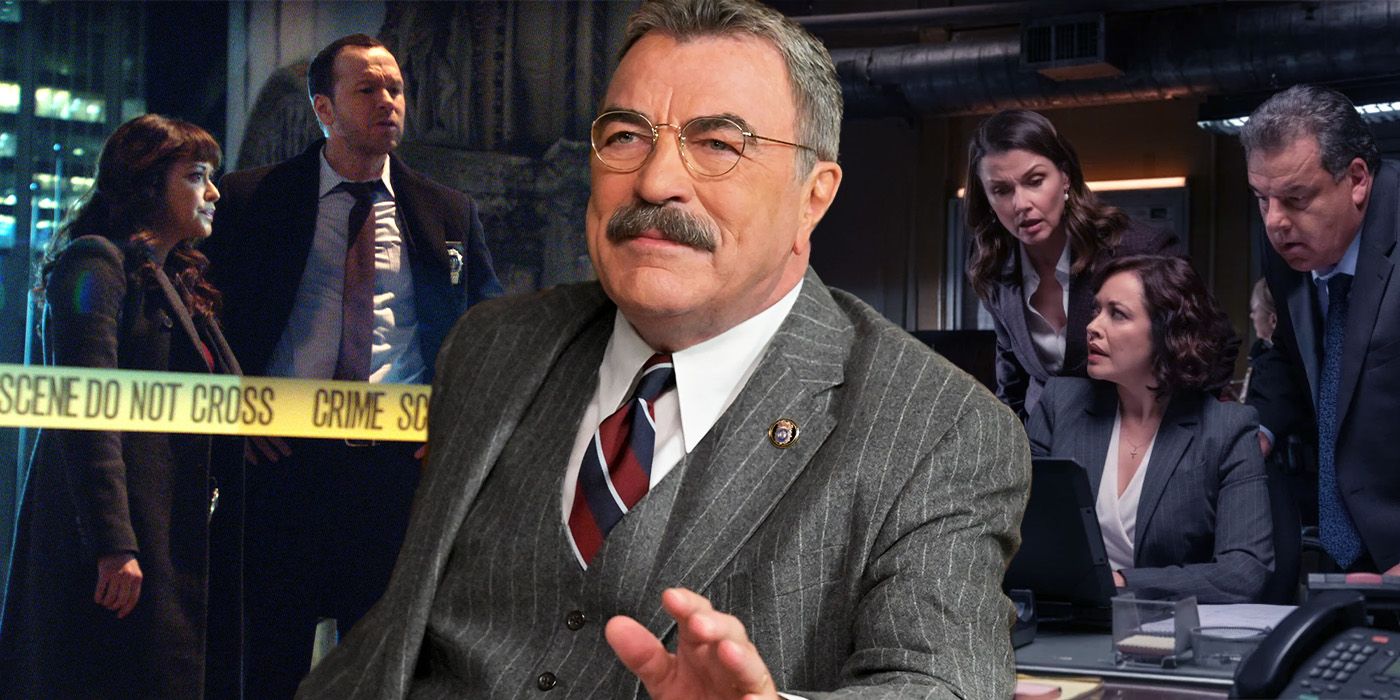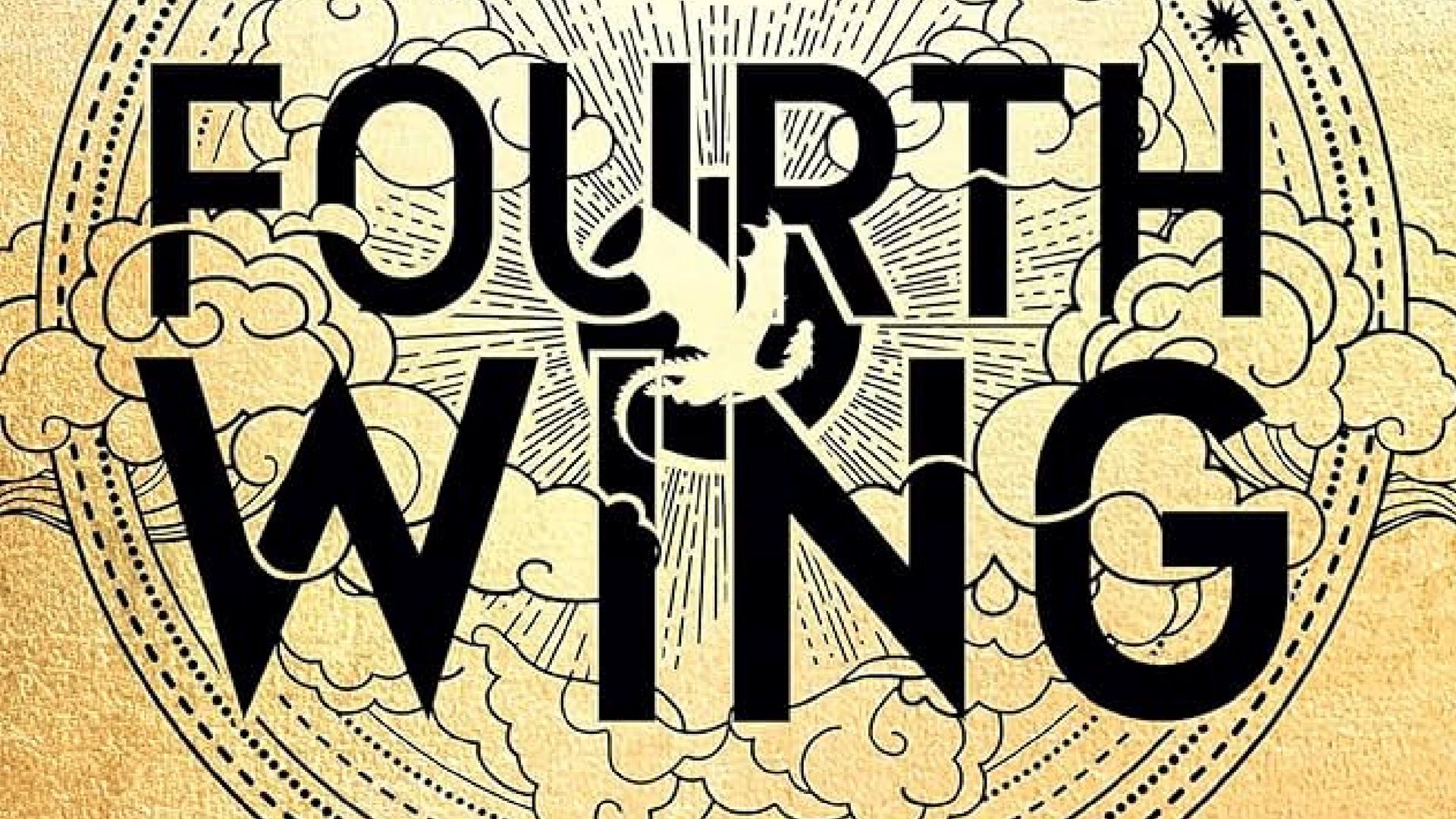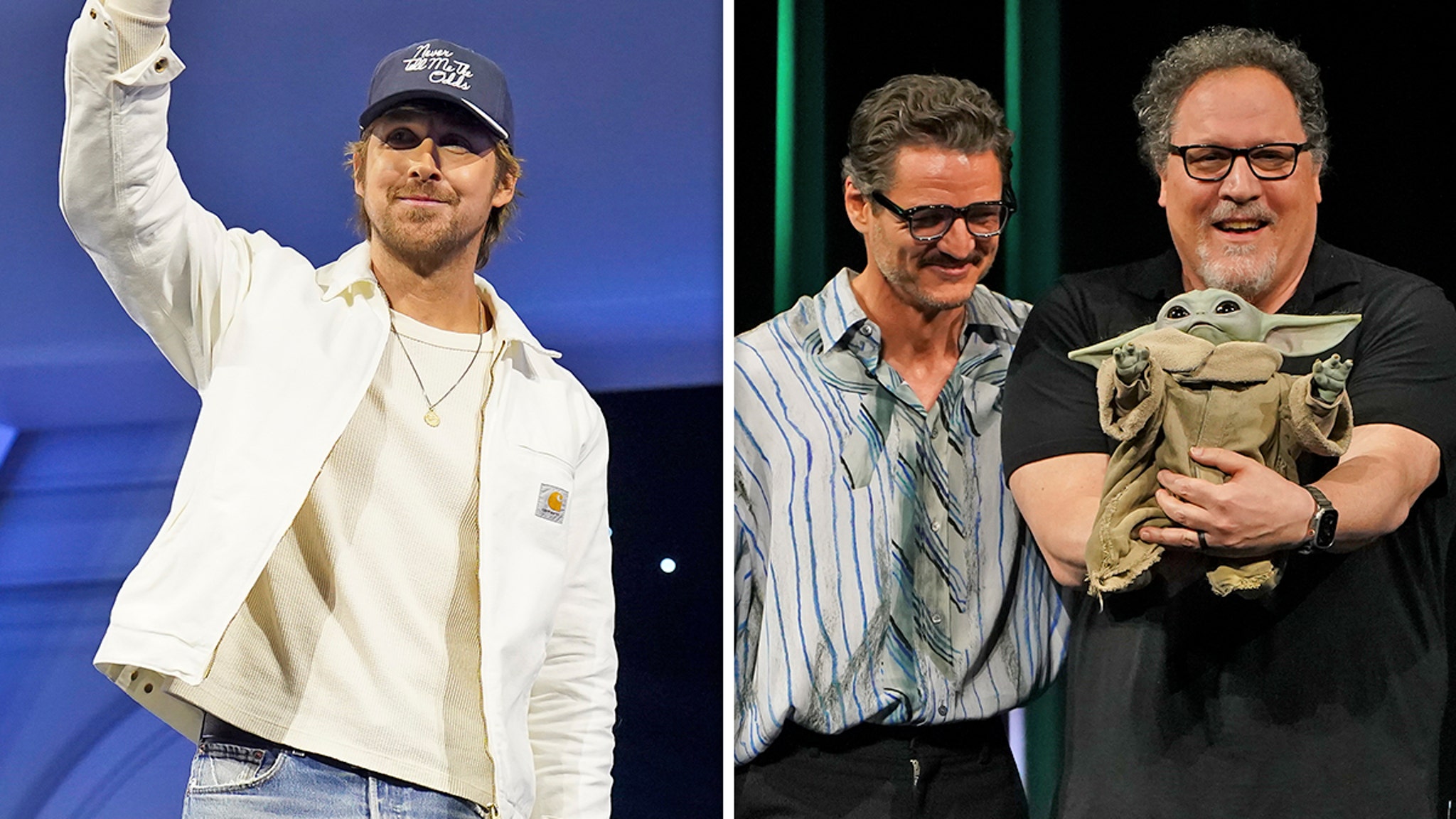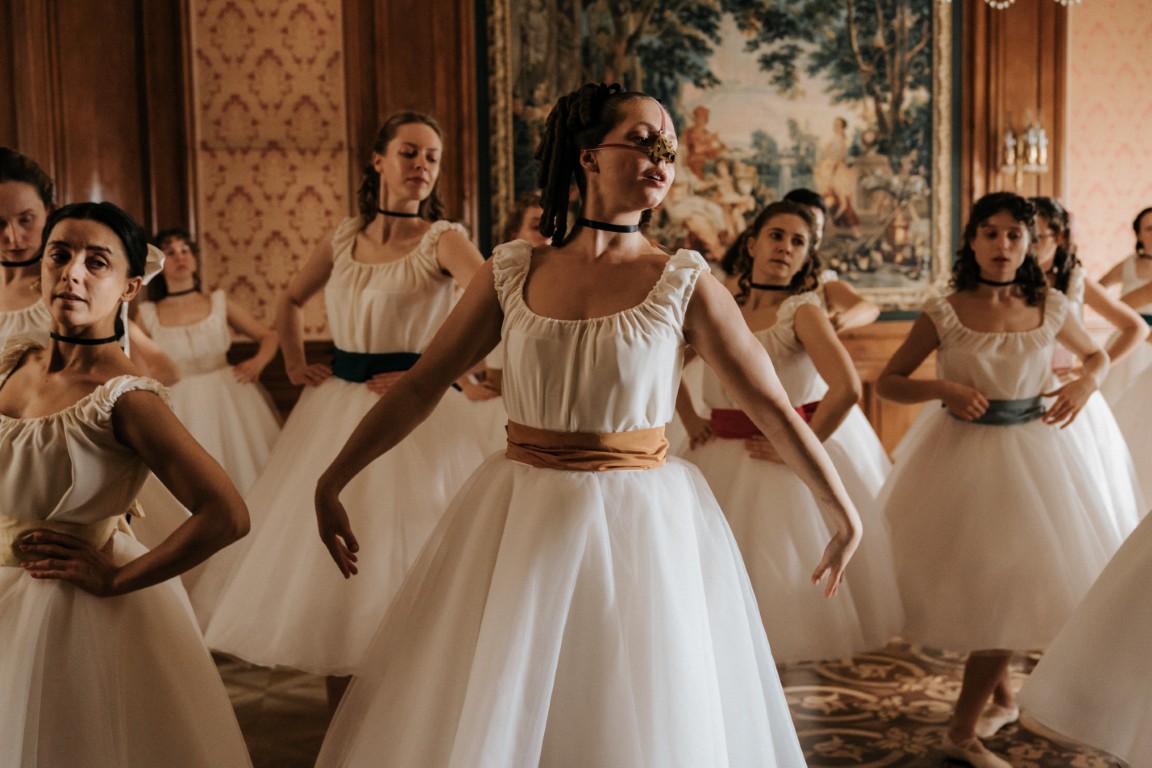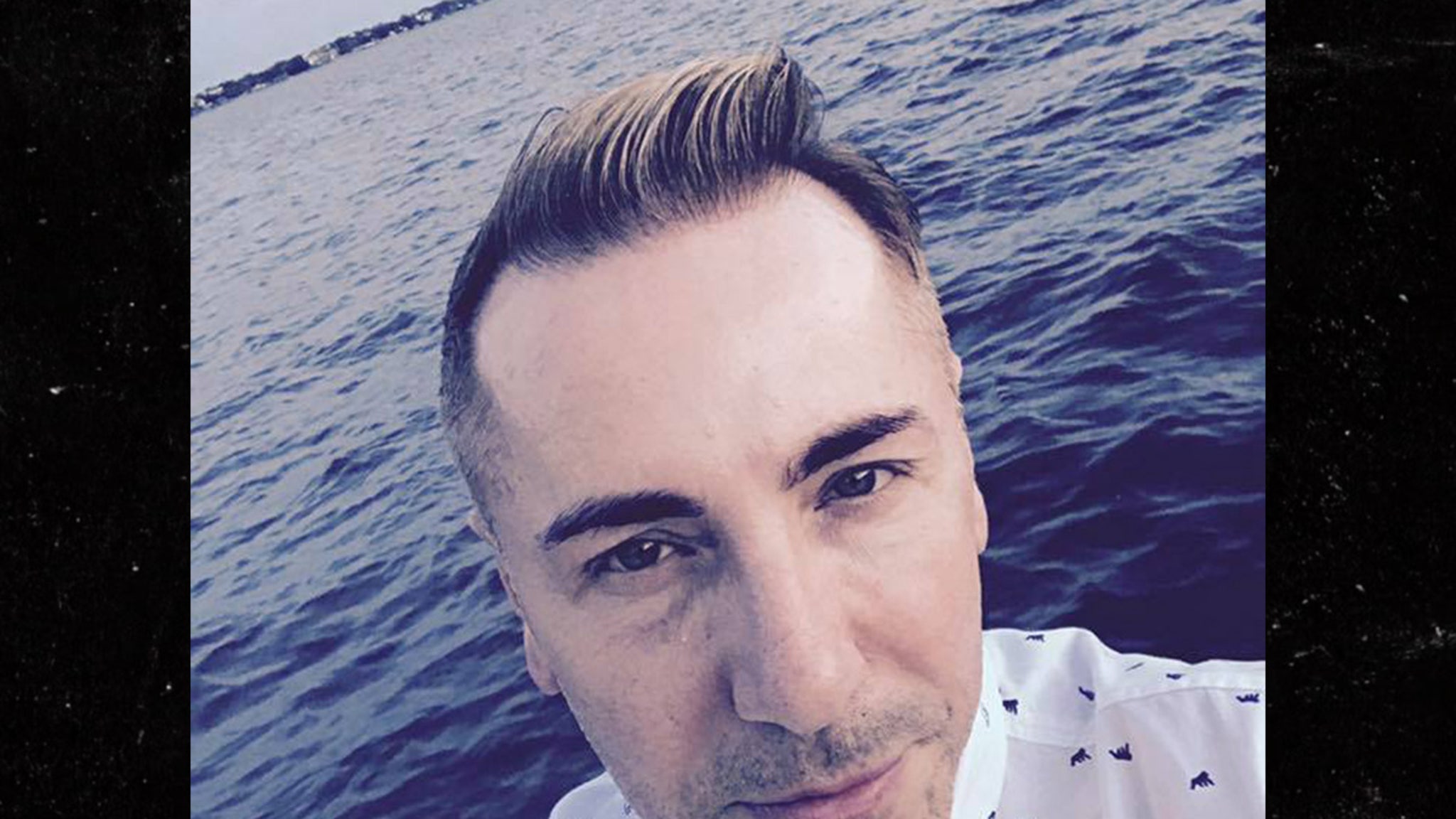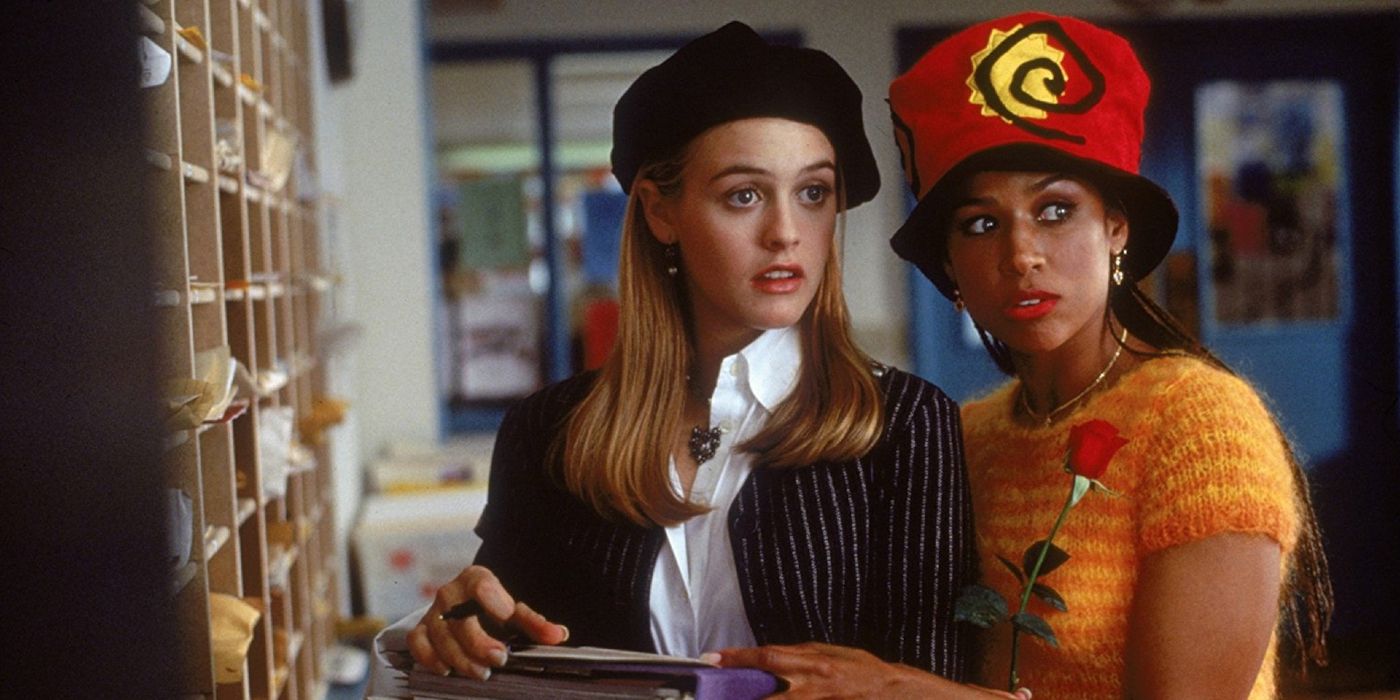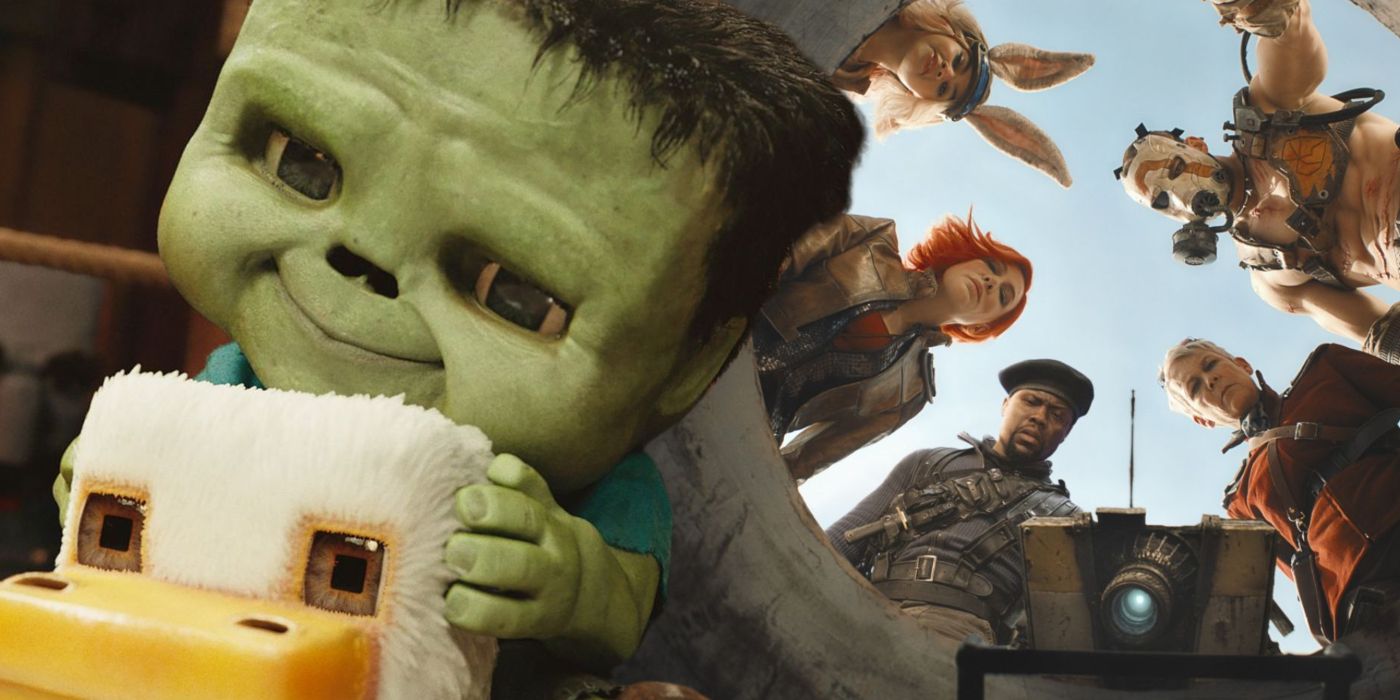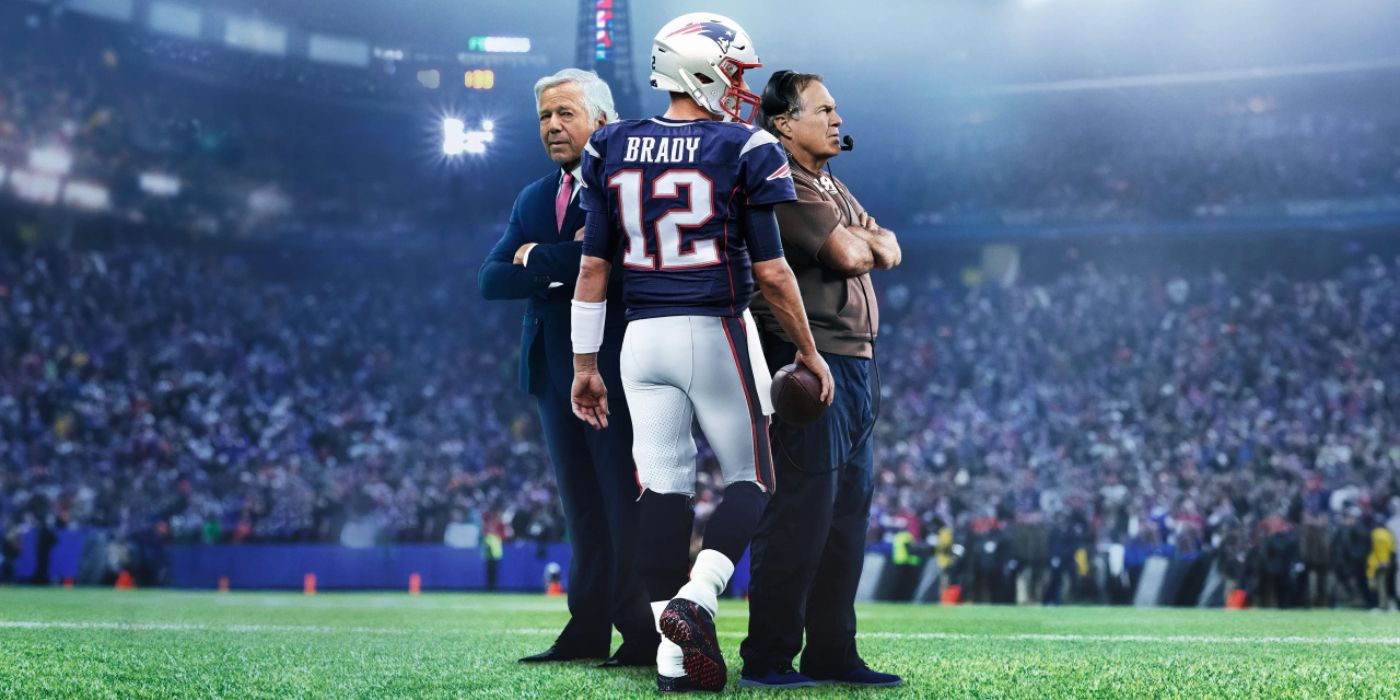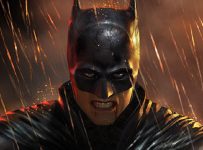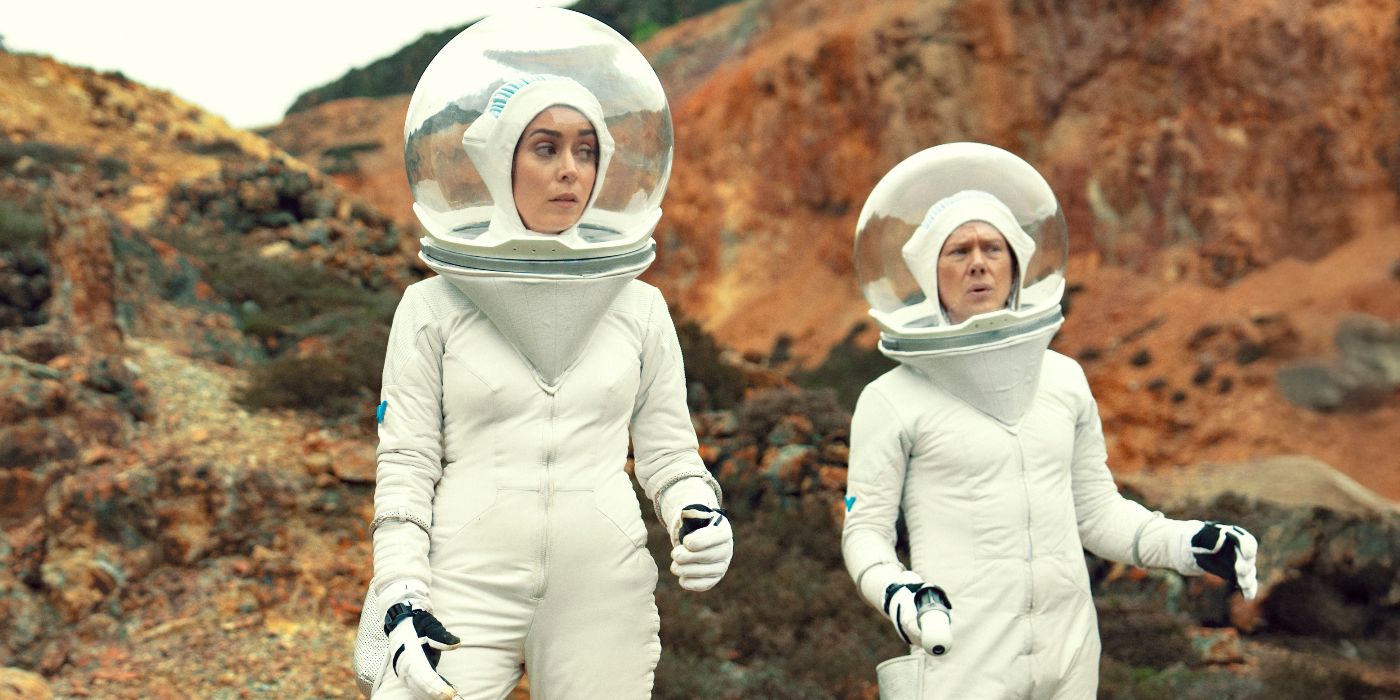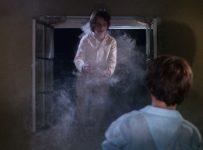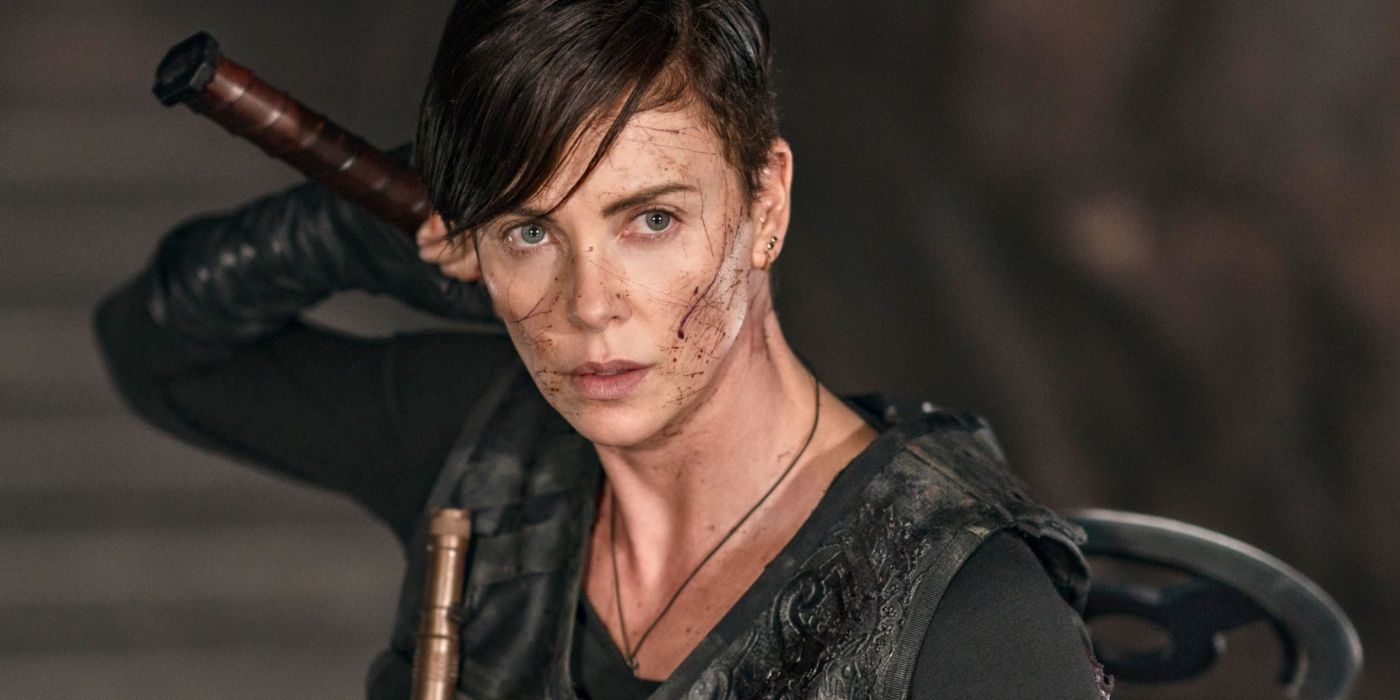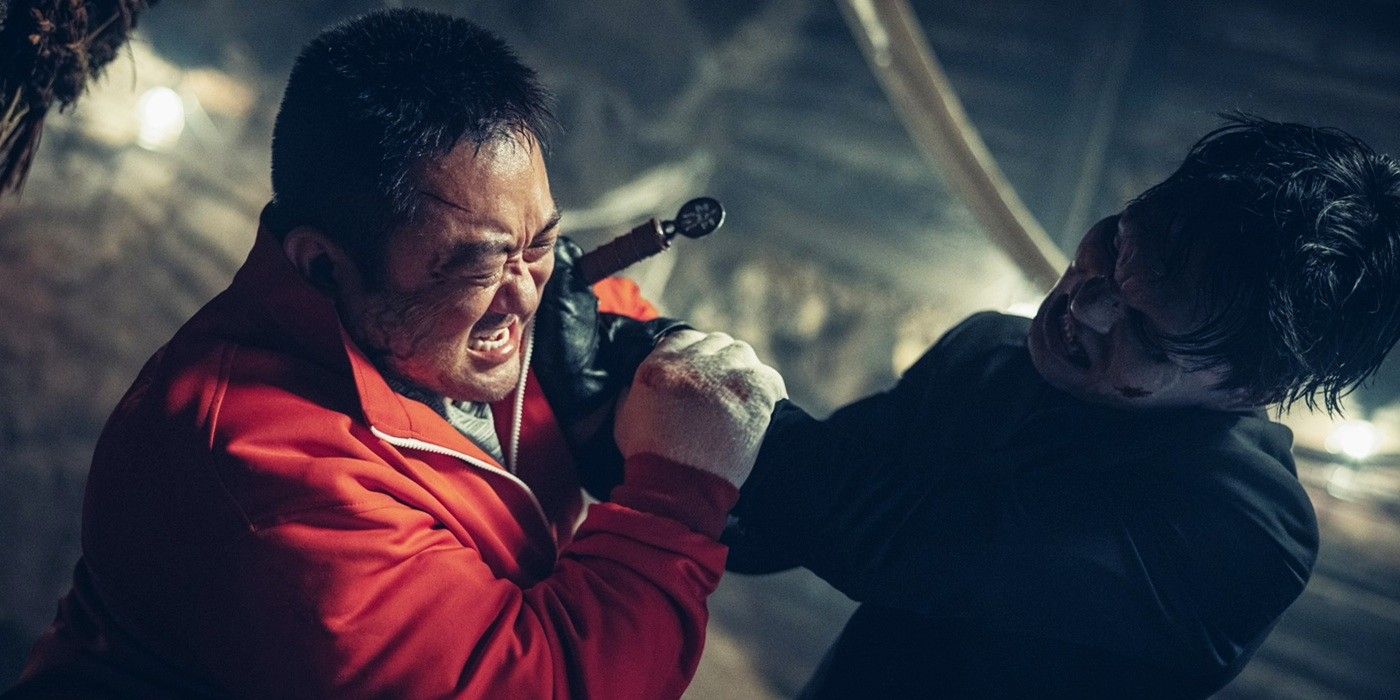Playing Sonny in “The Godfather” got Caan an Oscar nomination and made him a star of the 1970s, an era when he was offered practically every solid male role and turned quite a few of them down. He had been born in the Bronx and grew up in Queens, the son of Jewish immigrants from Germany. Caan played football in school (he always kept his formidable physique), and then attended Hofstra University, and one of his fellow students there was Francis Ford Coppola, the director of “The Godfather.”
Caan studied acting seriously for five years with Sanford Meisner at the Neighborhood Playhouse, and this paid off, for at his best he was very in the moment, and this is what made his Sonny Corleone so vivid. “I just fell in love with acting,” he said. “Of course, all my improvs ended in violence.” He made TV appearances in the 1960s, holding a knife to the neck of future erotica director Zalman King for an episode of “The Alfred Hitchcock Hour,” and he turned down a regular TV series because he was more interested in proving himself as an actor and less interested in making a lot of money.
“Lady in a Cage”
Caan menaced Olivia de Havilland in the exploitation picture “Lady in a Cage” (1964), where he swaggered around in ultra-tight jeans and flaunted his hairy chest while rubbing poor de Havilland’s nose in the lowest vulgarities he could think of. Like many actors of his era, it was clear that Caan was influenced by the rebellious mannerisms of Marlon Brando and James Dean, and with Caan this mimicry came spiced with his own very distinctive sexuality, which is why his Sonny Corleone sometime struts around like a peacock and girls whisper and laugh about his carnal intensity. Caan worked with Howard Hawks on “Red Line 7000” (1965) and “El Dorado” (1967) and Robert Altman on “Countdown” (1968), and he continued to show promise and a smiling confidence that could sometimes have a nasty edge to it.
Caan displayed some range when he was cast by Coppola as a former football player who was mentally handicapped on the field in the moody character study “The Rain People” (1969), which contains one of his most appealing and vulnerable performances, but he got more attention for the TV weepie “Brian’s Song” (1971) before Sonny Corleone made him a star and he went on a star trip that included lots of drug use and many visits to the Playboy mansion.
It cannot be said that Caan always chose his projects wisely during his heyday in the 1970s. He had some chemistry with Barbra Streisand in “Funny Lady” (1975), especially in a clearly improvised scene where they throw face powder on each other, but other movies saw Caan cast well outside his best levels, like “Chapter Two” (1979), where he is very unconvincing as a Neil Simon-like playwright and seems to know how miscast he is. When he directed a movie called “Hide in Plain Sight” (1980), it did not find an audience.
You can view the original article HERE.



